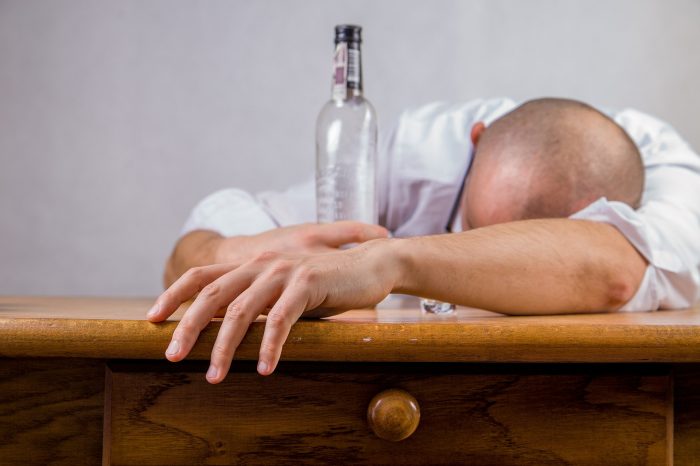Alcohol Quiz
Alcohol is a drug

Yes, alcohol is a powerful drug produced by the fermentation of sugars. It is classed as a depressant, meaning that it slows down your body’s vital functions, causing an inability to react quickly. Other outcomes include unsteady movements and disturbed perceptions – reducing a person’s ability to think rationally, so distorting judgment. Fermented drinks, such as beer and wine, contain from 2% alcohol to 20% alcohol. Distilled drinks, or spirits, contain from 40% to 50% or more alcohol.
The effects of one pint of beer on a person wear off after half an hour
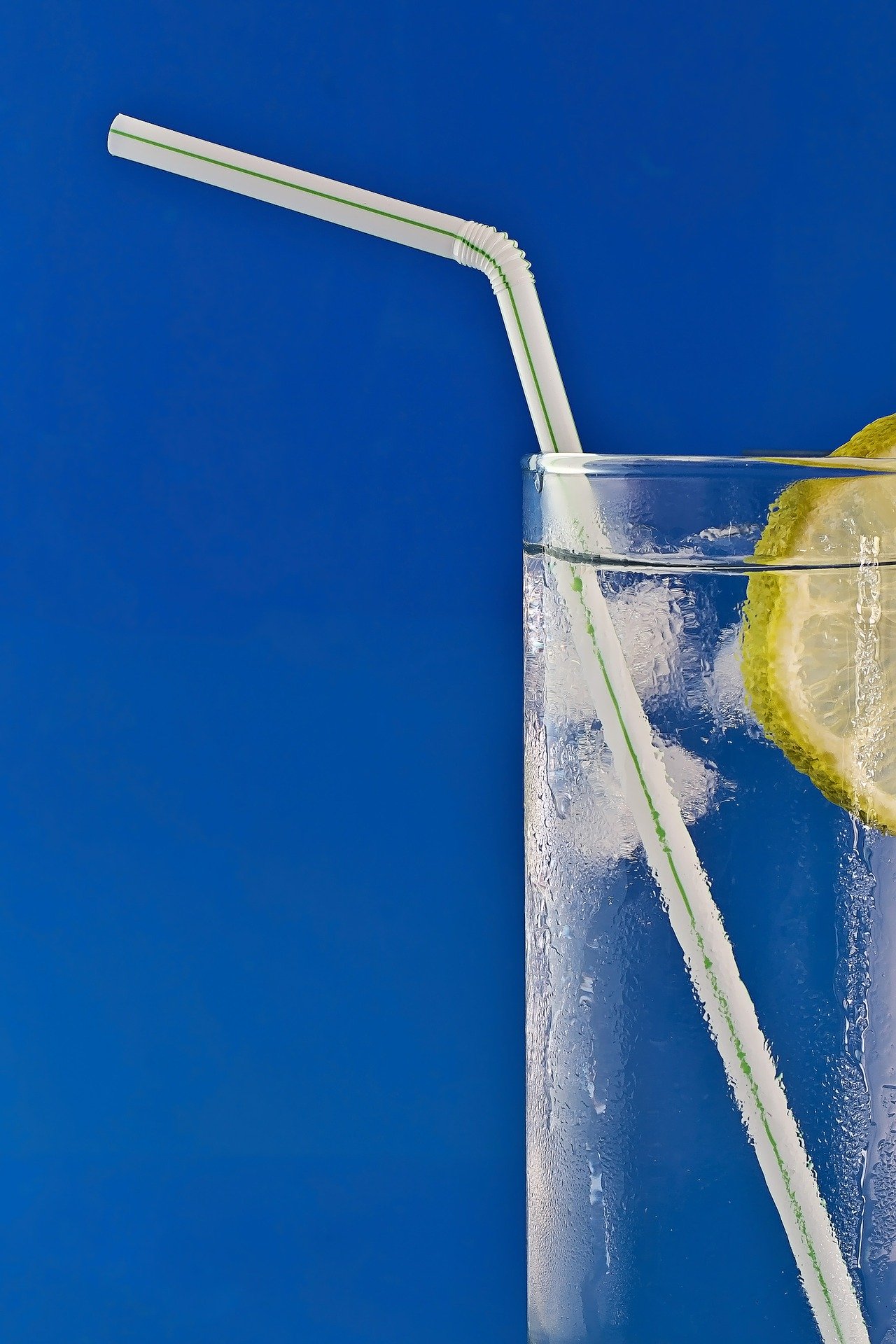
No, alcohol is eliminated from the body at a rate approximately equivalent to half a pint of beer each hour, so it will take two hours for the body to eliminate one pint of beer.
A pint of beer has the same alcohol content as a double whiskey
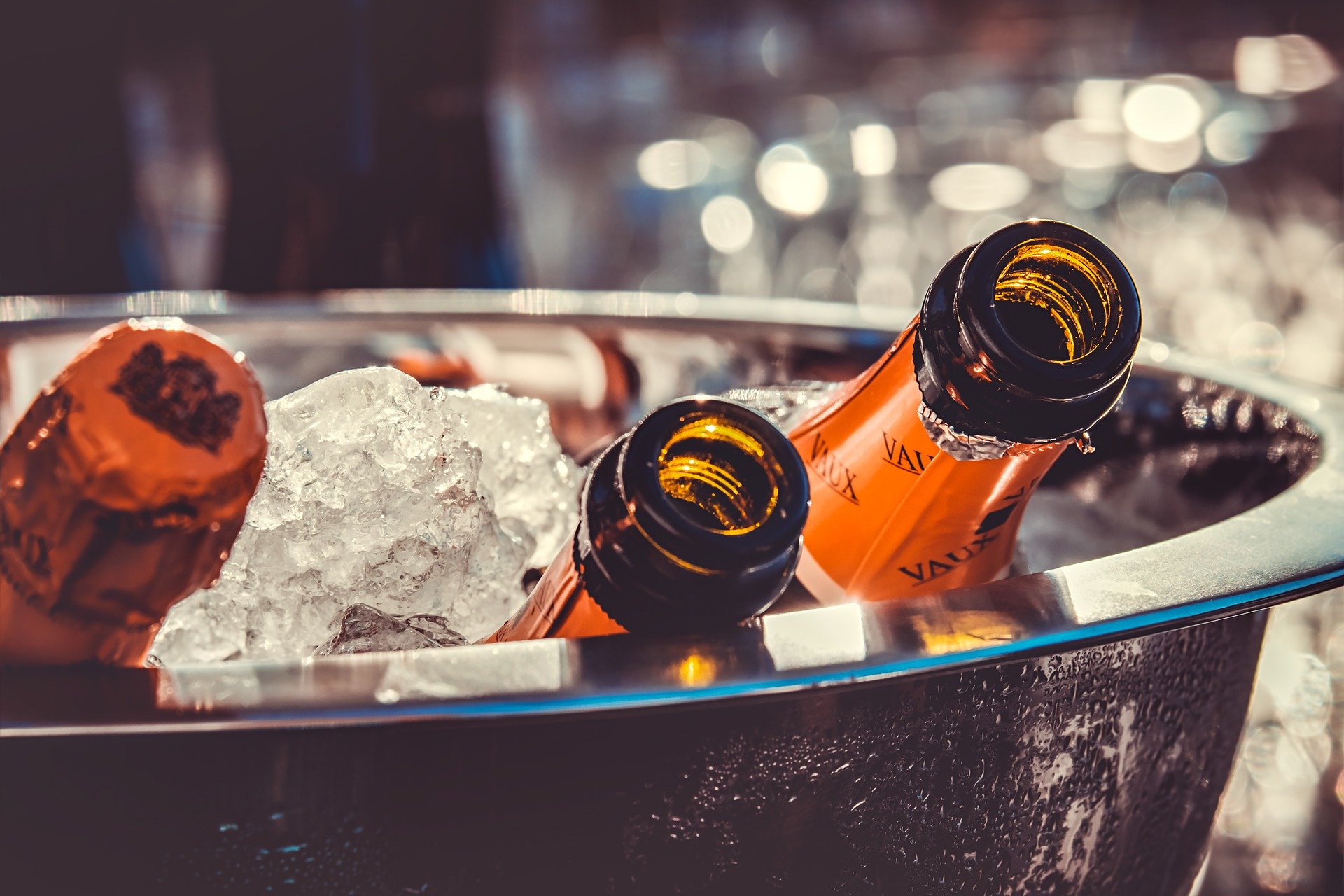
Yes, a half a pint of beer is approximately the equivalent of a single measure of a spirit, so a pint of beer will have roughly the same alcohol content as a double whisky. Some beers might differ in strength (Alcohol by Volume or ABV), for instance a pint of Stella Artois lager is equivalent to 3 single shorts not 2.
We sleep better after drinking an alcohol night cap

Relax with an alcoholic drink as an evening nightcap? This can be expected to raise your level of drowsiness and help you fall asleep faster. However, the effect doesn’t last and you’re likely to wake up before you’ve had a full night of rest. Disrupting your sleep can lead to problems focusing at work the next day. Alcohol is a diuretic, meaning it increases the amount of water expelled from the body, so you’re more likely to need the toilet at 3am. This again will disrupt your sleep.
Men can “hold their drink” better than women
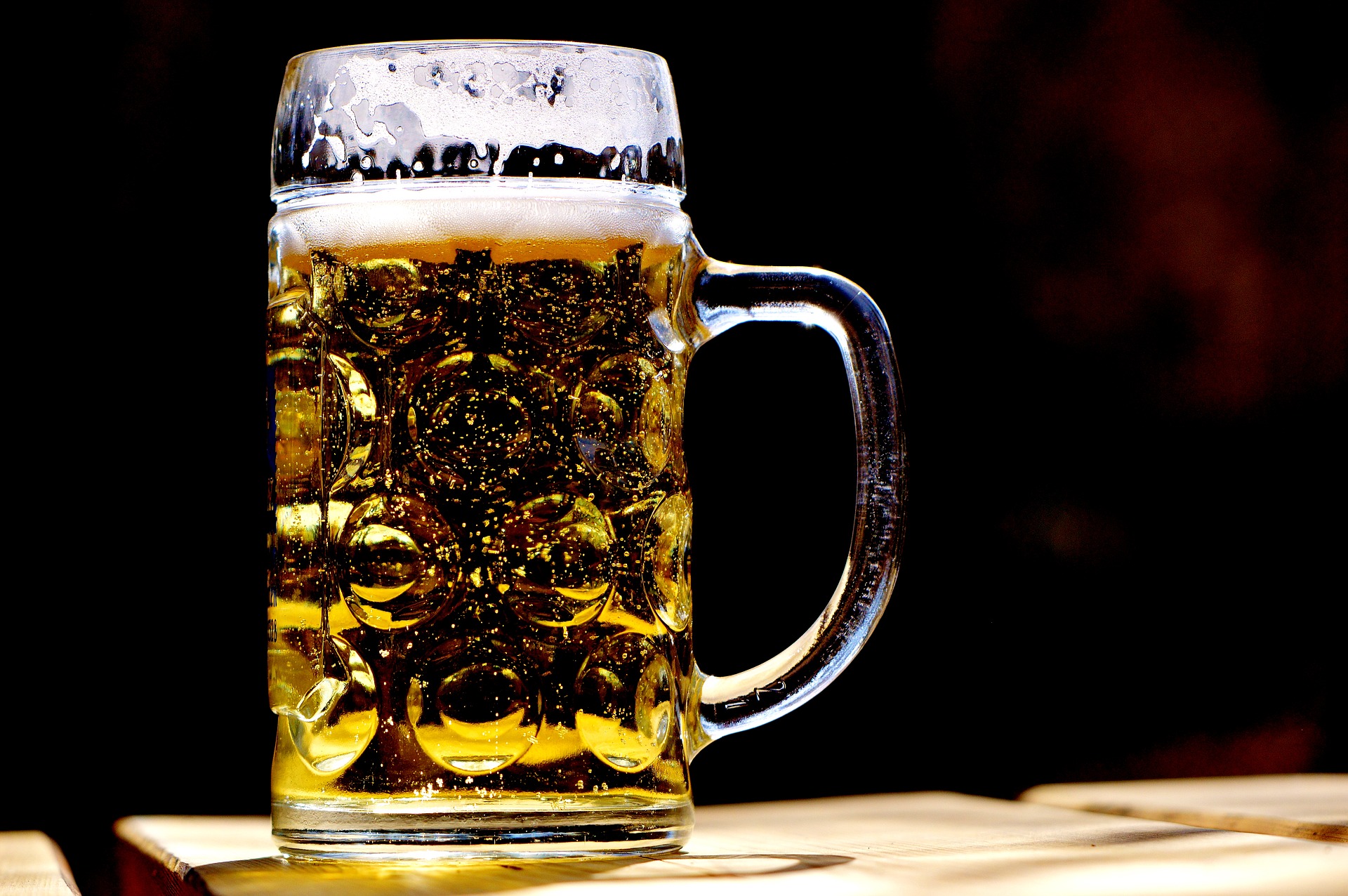
Yes, men can 'hold their drink' better than women. While everyone absorbs alcohol into the blood stream at a different rate, an average size man could be over the English drink-drive limit by drinking as little as two pints of ordinary strength bitter. An average woman could be over the same limit after drinking the equivalent of one and a half pints. Body Weight and Fatty Tissue. Absorbed alcohol is distributed by the blood and mixes evenly with the water in the body, which makes up nearly two thirds of the body weight. The lighter person has less water in the body, and will therefore reach a higher blood alcohol level for a given consumption than would a heavier person. Physiologically, women average proportionately more fatty tissue than men of comparable weight, so for the same amount of drink they will reach a higher blood alcohol level.
A small person is more affected by alcohol than a larger person
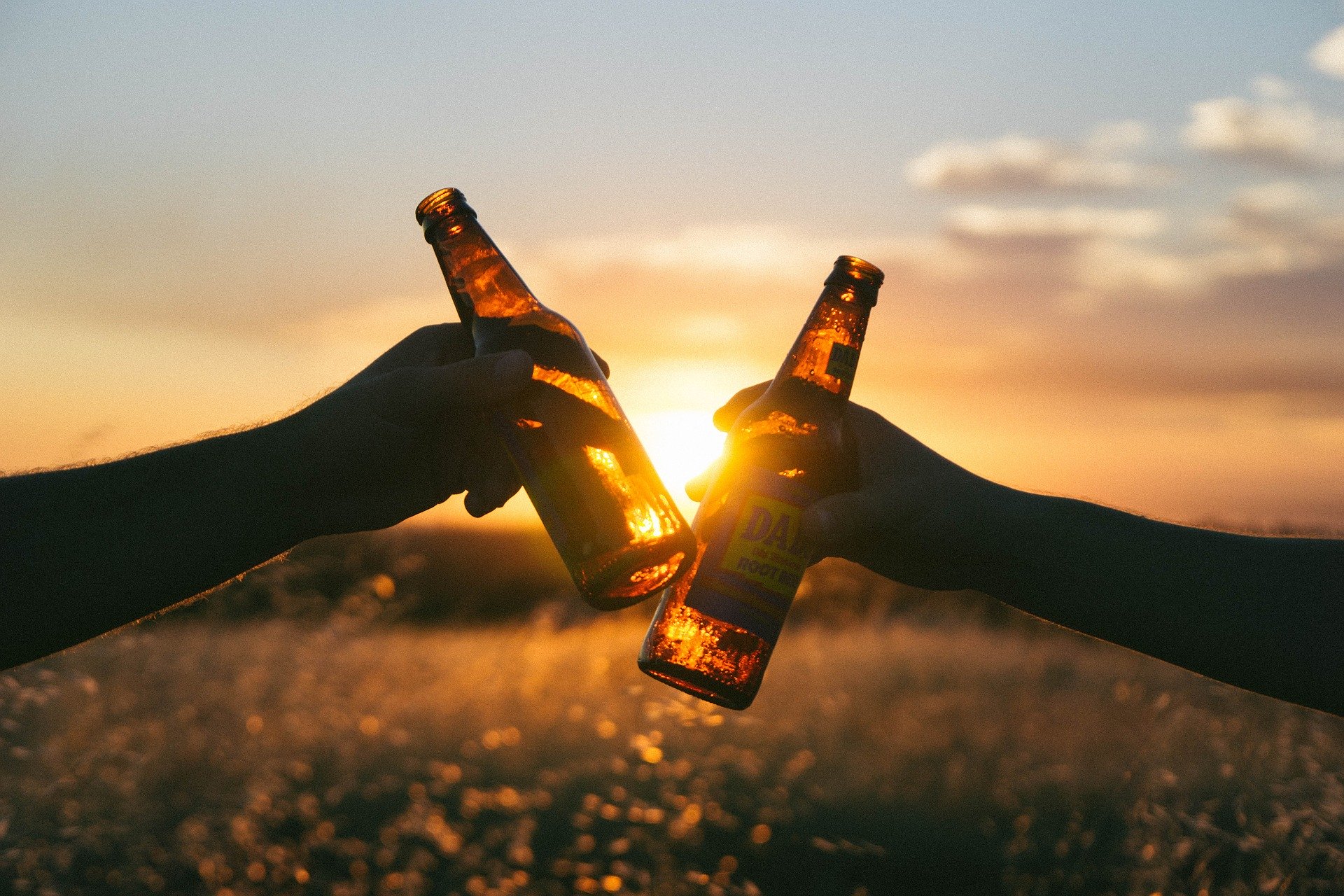
Yes, a small person is more affected by alcohol than a larger person. The smaller person has less water in their body and will therefore reach a higher blood alcohol level for a given consumption than would a bigger person.
Food in the stomach slows down the rate at which alcohol has its effects
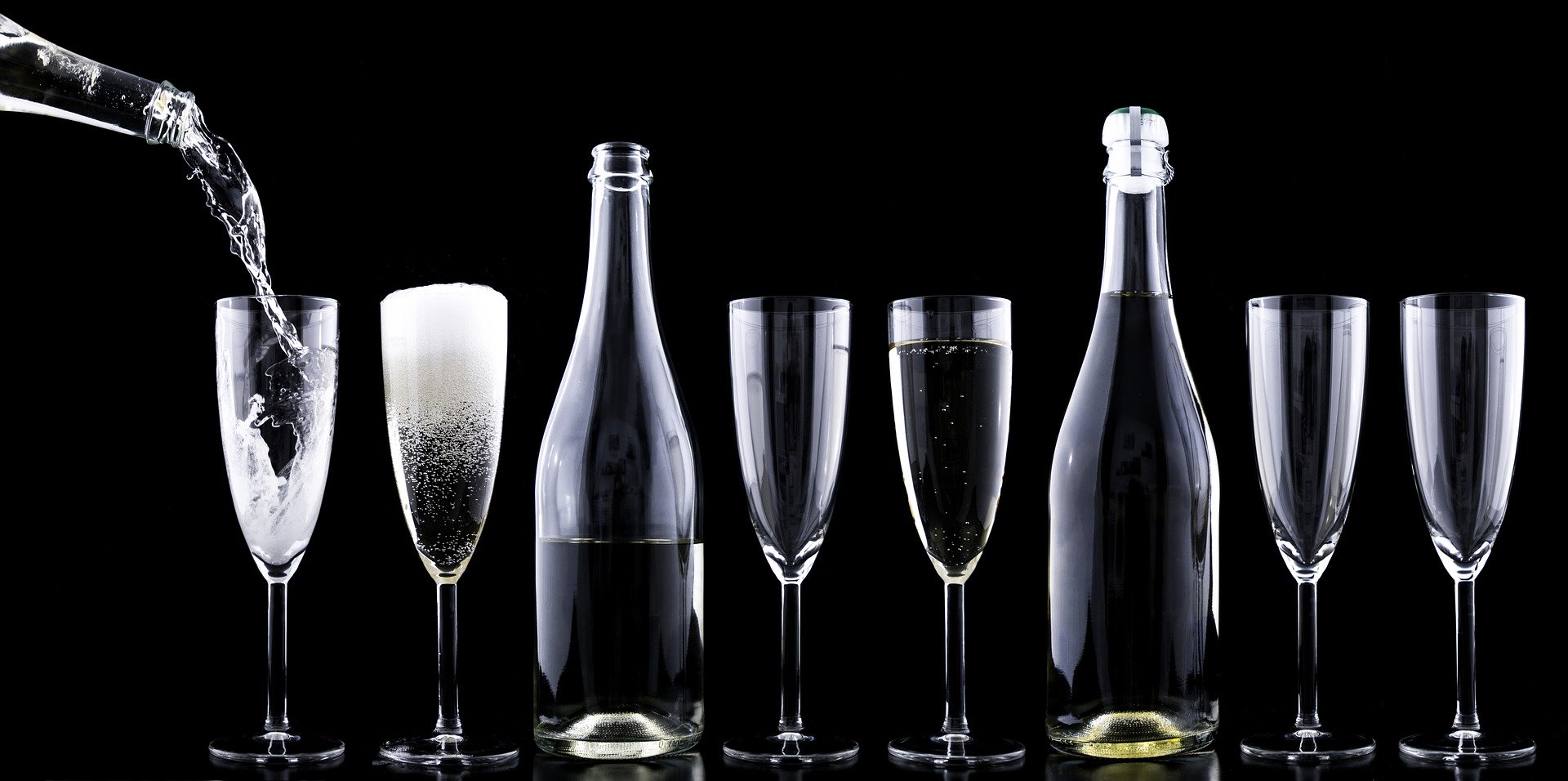
Yes, food in the stomach slows down the rate at which alcohol has its effects. Alcohol rapidly enters the bloodstream via the stomach and intestine walls and circulates to all parts of the body, including the brain.
Alcohol is a stimulant
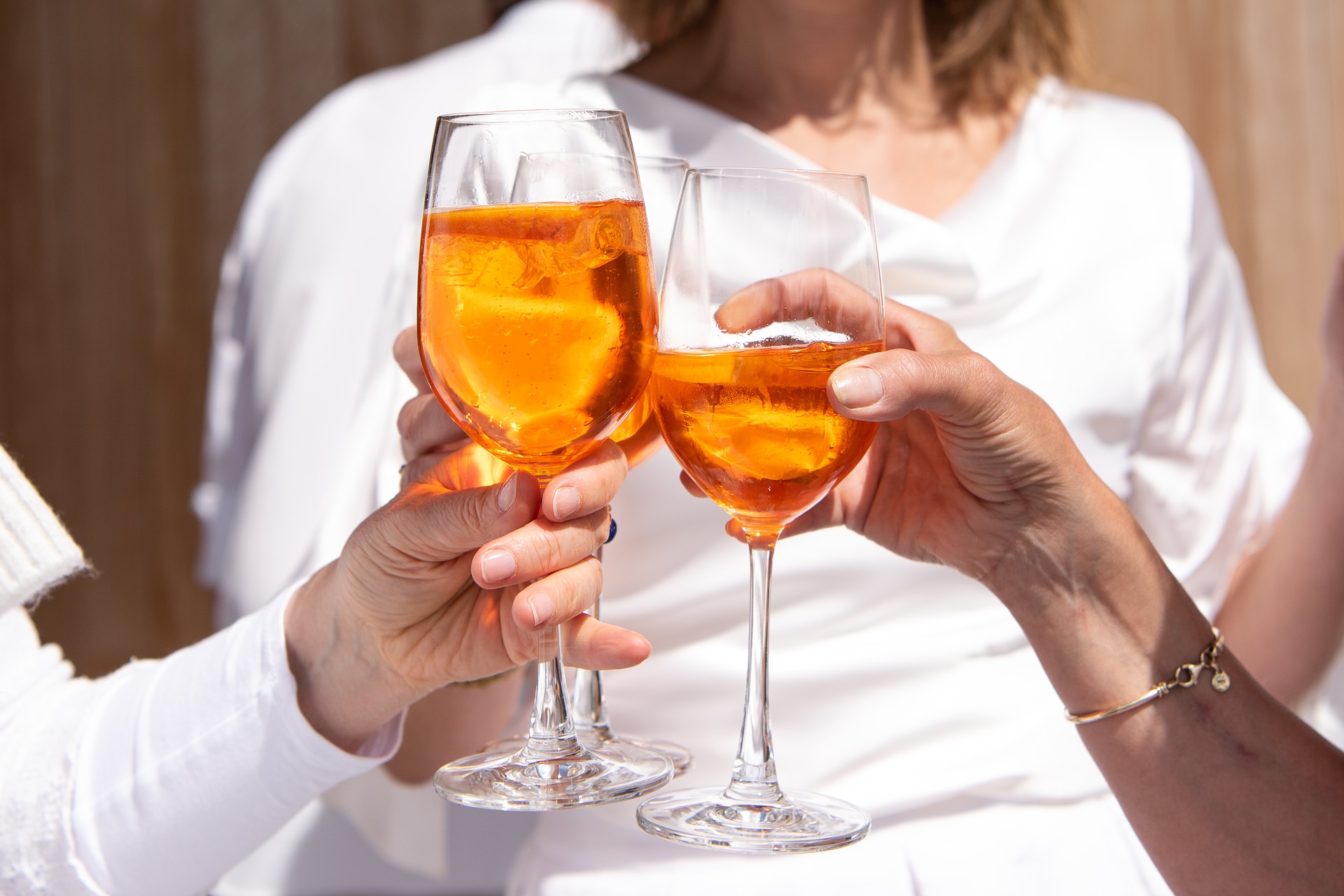
No, alcohol is not a stimulant as you may think, it's a depressant so it slows down the processes occurring in the brain making you less alert. The reason for this misunderstanding is that at first alcohol seems to make a person stimulated and light headed, but what is actually happening is that the alcohol is depressing (or slowing) the part of the brain called the social restraint centre and thus we feel less inhibited. The brain is affected a bit at a time beginning with the most recently developed part which is the frontal lobes (29% in human beings; 17% in chimps and 3.5% in cats). This centre deals with all the functions which make us homo sapiens, ie self awareness, advanced planning and impulse control. The next part to be effected is the cerebral cortex which controls complex reasoning, calculations and other sophisticated skills including memory and perception. Further down the brain is the primitive part which regulates your more basic functions, ie emotion, hunger, thirst, anger, fear and sex. "... it (alcoholic drink) provokes the desire, but it takes away the performance". William Shakespeare... The Porter's speech at line 28 of Act II, scene ii in Macbeth.
Is it safe to drink alcohol and drive?
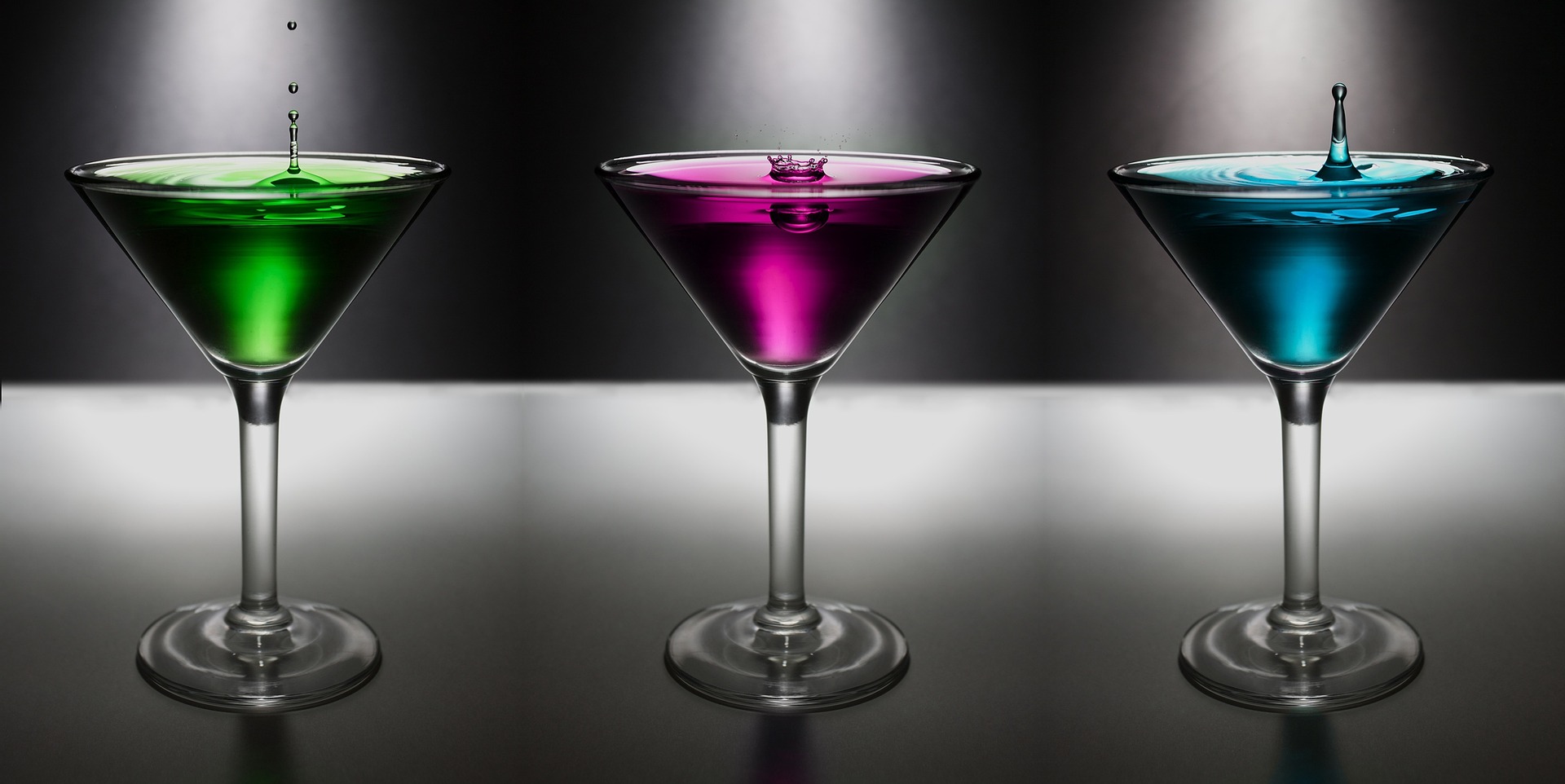
It is not safe to drink alcohol and drive. Alcohol use slows reaction time and impairs judgment and coordination, which are all skills needed to drive a car safely. The more alcohol consumed, the greater the impairment.
Most alcohol consumed passes out of the body when you go to the toilet
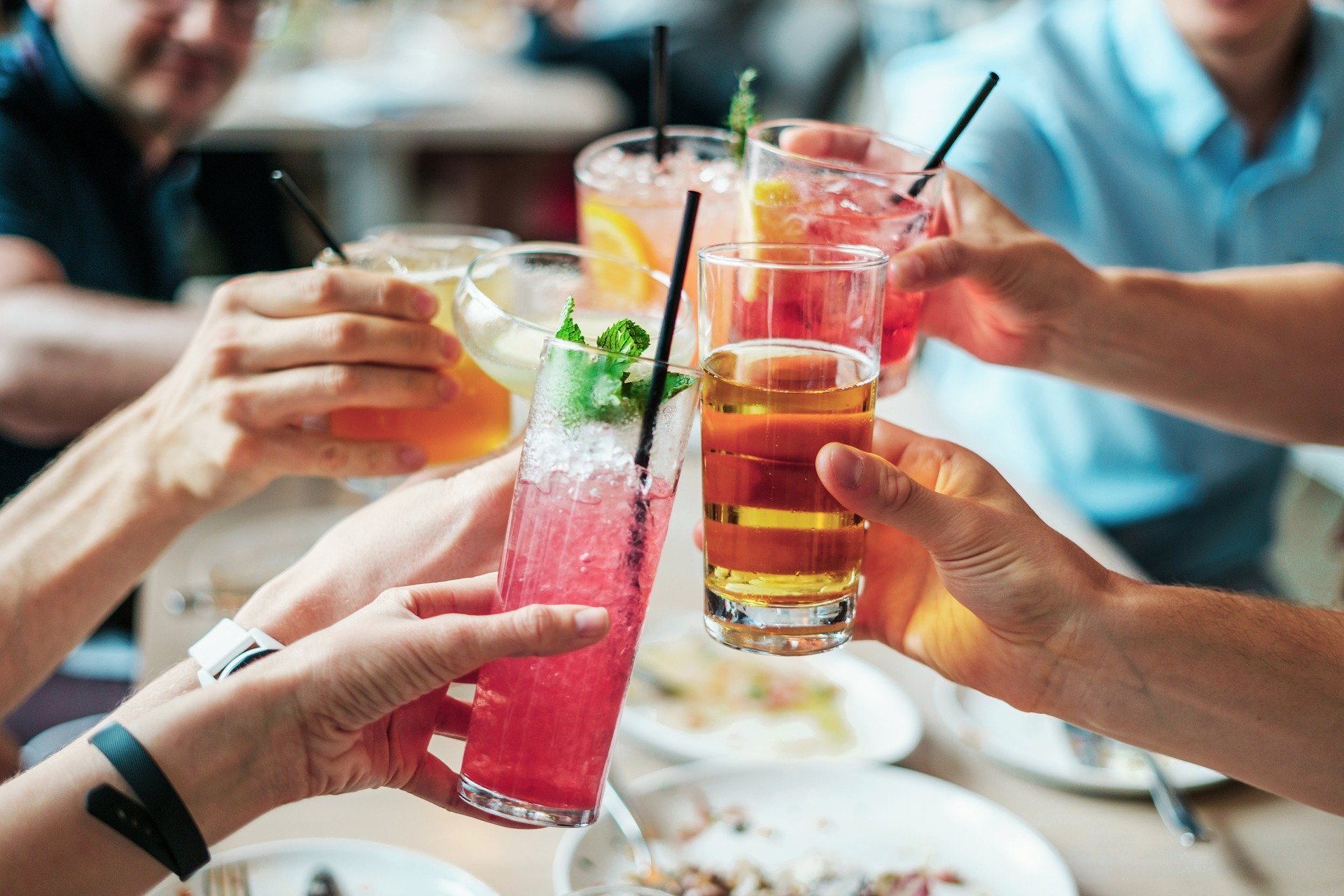
No, most alcohol is eliminated slowly by the liver. As the blood flows back from the general body circulation, some 2% of the alcohol consumed finally passes out via the kidneys in your urine.
There are fewer alcoholics in England than in France
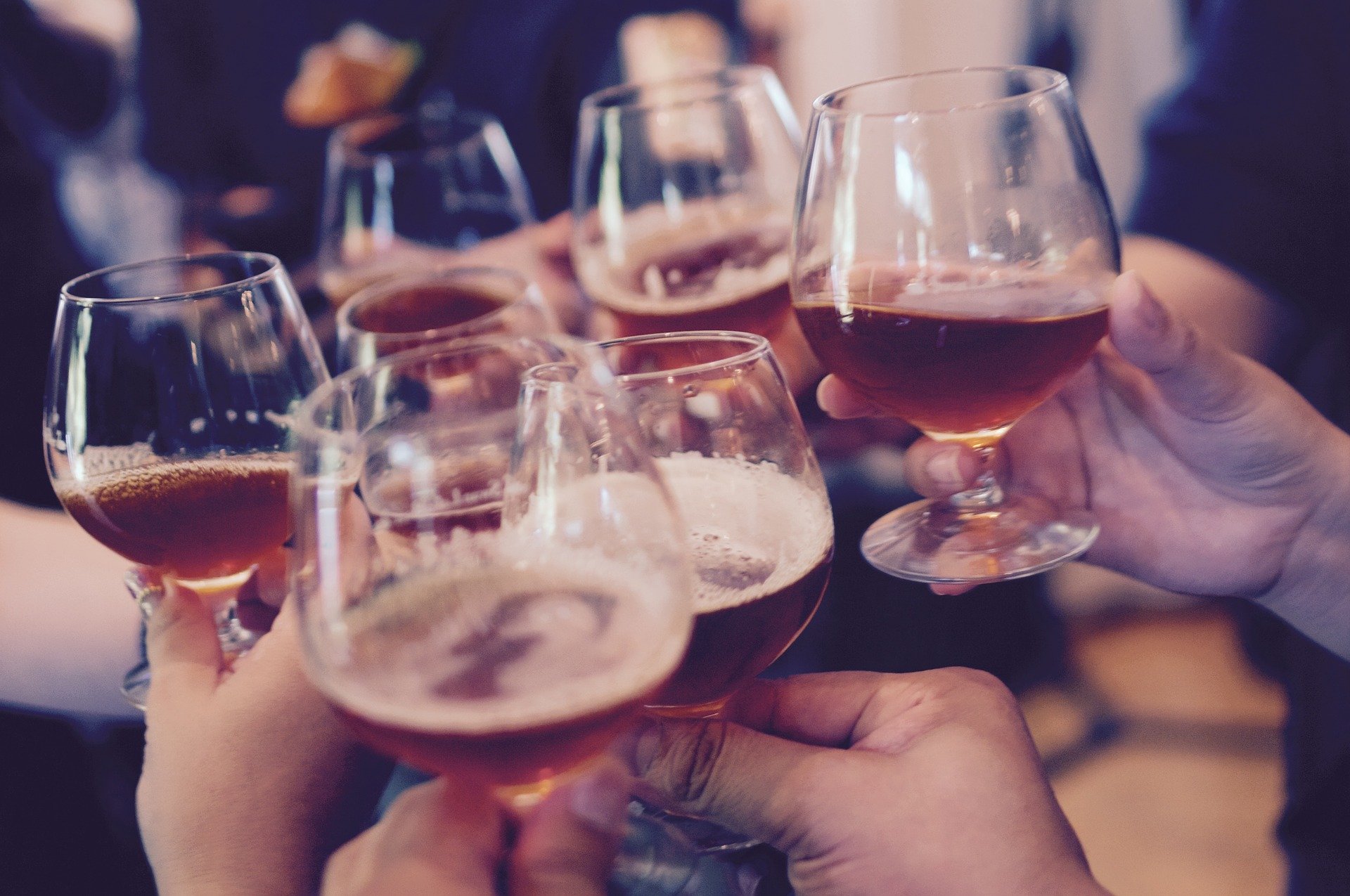
Yes, there are fewer alcoholics in England than France! France has the highest rate of alcoholism of any country in the world. There are about ten times more alcoholics in France than the UK.
Drinking too much alcohol on one occasion can kill a person
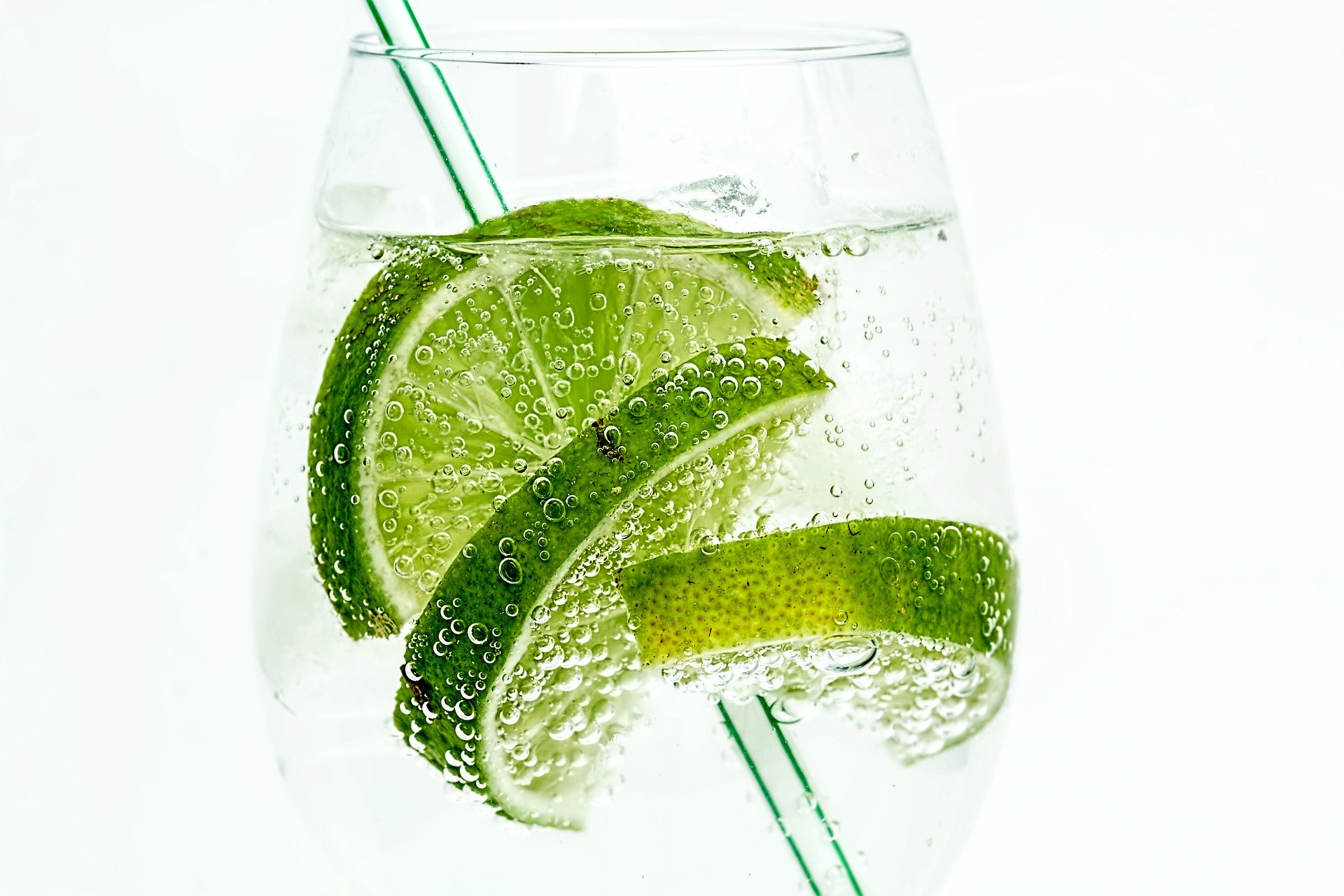
Yes, drinking too much alcohol on one occasion can kill a person! Stages of Intoxication 1. Happy. Talkative, social and relaxed 2. Excited. Emotional, uncontrolled behaviour and slowed reactions 3. Confused. Staggering, disorientated and slurred speech 4. Stupor. Unable to stand or walk 5. Coma. Completely unconscious, breathing may stop resulting in death.
Alcohol has been a part of most societies

Yes, for 10,000 years, ever since human beings began the cultivation of cereals and vines, alcohol has played a fundamental role in society. Alcohol lubricates social and business intercourse; aids the digestion of food and has been used in the treatment of wounds and disease. It not only serves served as a focus of secular ceremony but as an object of religious ritual. Proof that alcohol has been a part of all societies is that the human liver produces an enzyme called alcohol dendrogenese, this has the sole function of breaking down alcohol, first into acetalenyde (poision) then into vinegar which then breaks up into water and carbon dioxide giving off energy.
It is dangerous to drink alcohol when taking drugs
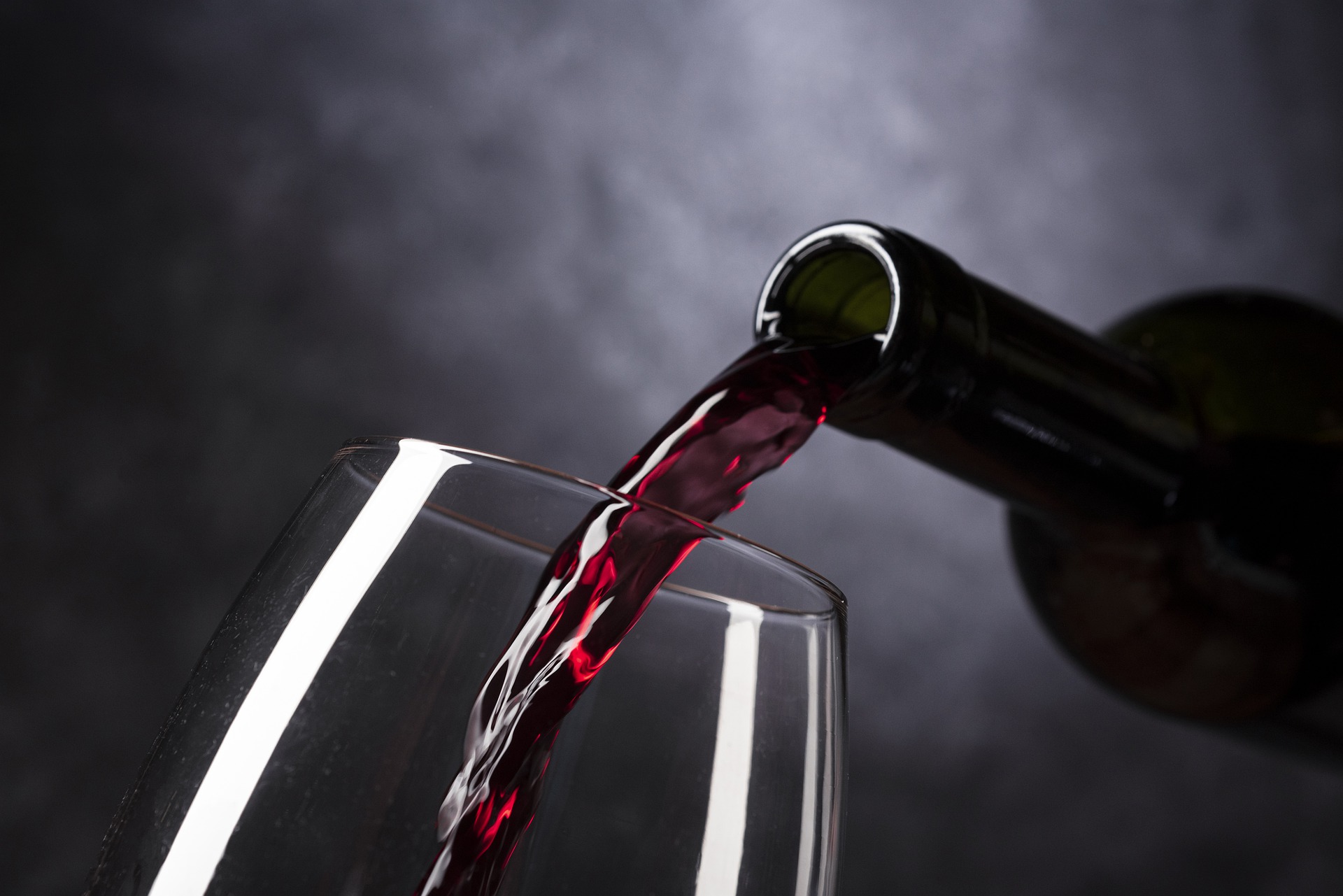
Yes, it is dangerous to drink alcohol when taking drugs! Alcohol interacts with other drugs, often intensifying their effect. • Barbiturates. A moderate amount of alcohol along with a small dose of barbiturates (downers) can kill you. Many accidental deaths happen this way. • Marijuana. Heavy users can develop a cross-tolerance, ie a special sensitivity that makes them react very strongly to a small dose of alcohol. • Other Drugs. Many other drugs can also multiply the effects of alcohol, including heroin, methadone and mild tranquillisers. Some asthma, cold and hay fever medicine can increase the effects of drinking.
Beer or wine is safer to drink than spirits?

Beer or wine is not safer to drink than spirits. It is the amount of alcohol consumed that affects a person most, not the type of alcoholic drink.
Black coffee will help you to sober up after drinking too much
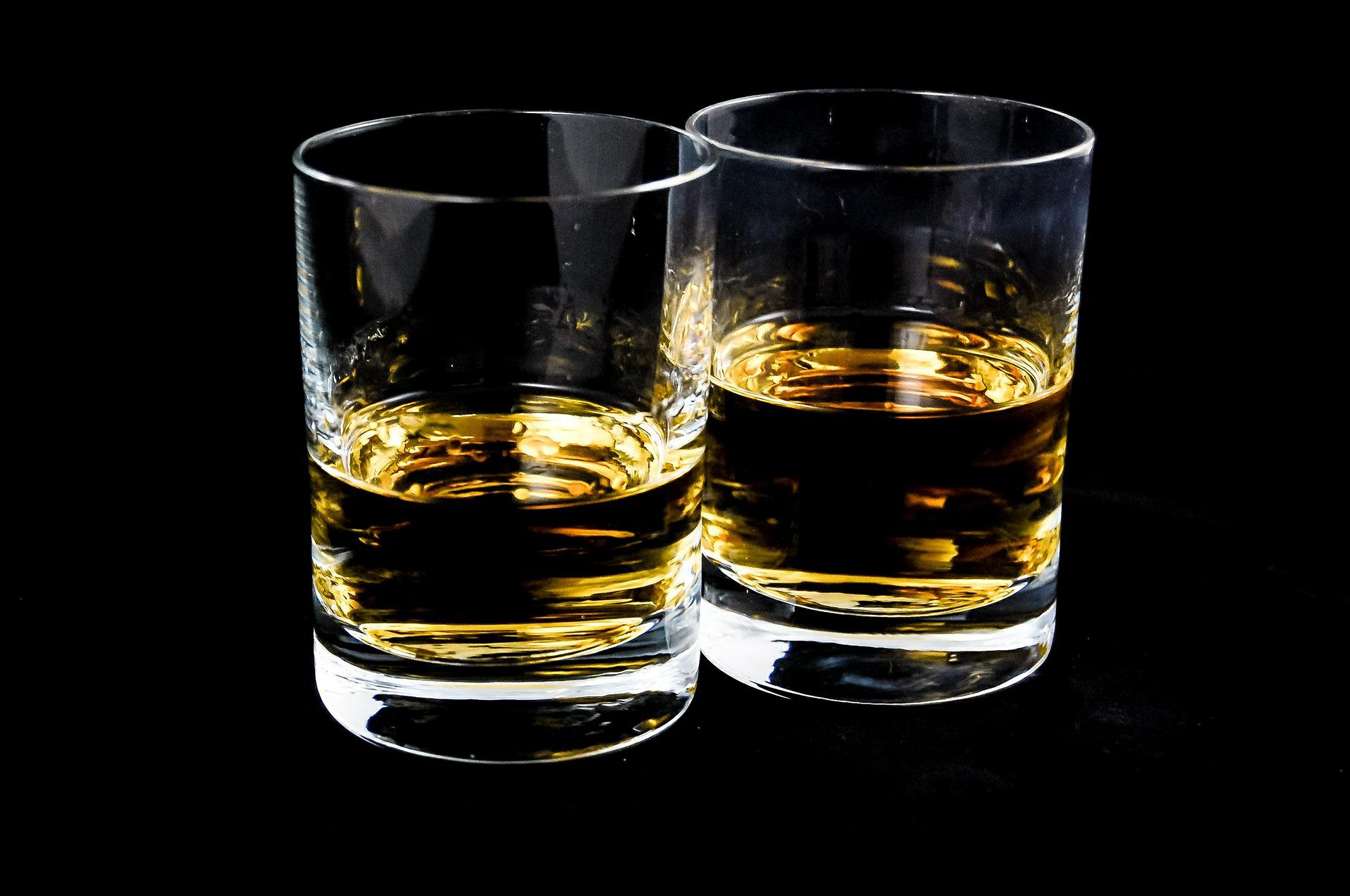
No, black coffee does not help sober you up after drinking too much. The elimination of alcohol cannot be speeded up. Coffee may keep you awake and make you think you're less impaired, but it does not reduce your blood alcohol level. It is impossible to speed up alcohol elimination. Even sleeping for 8 hours only removes the alcohol from four pints of ordinary beer. Getting rid of alcohol requires time, not coffee, fresh air, cold showers, peppermints or painkillers! Drinking lots of non-alcoholic drinks can help the hangover by preventing the dehydration which alcohol causes. Coffee is in fact not very good, as it is a diuretic and therefore can worsen the dehydration effect.
After drinking the equivalent of 5 pints of beer, the likelihood of you having an accident is at least 30 times greater
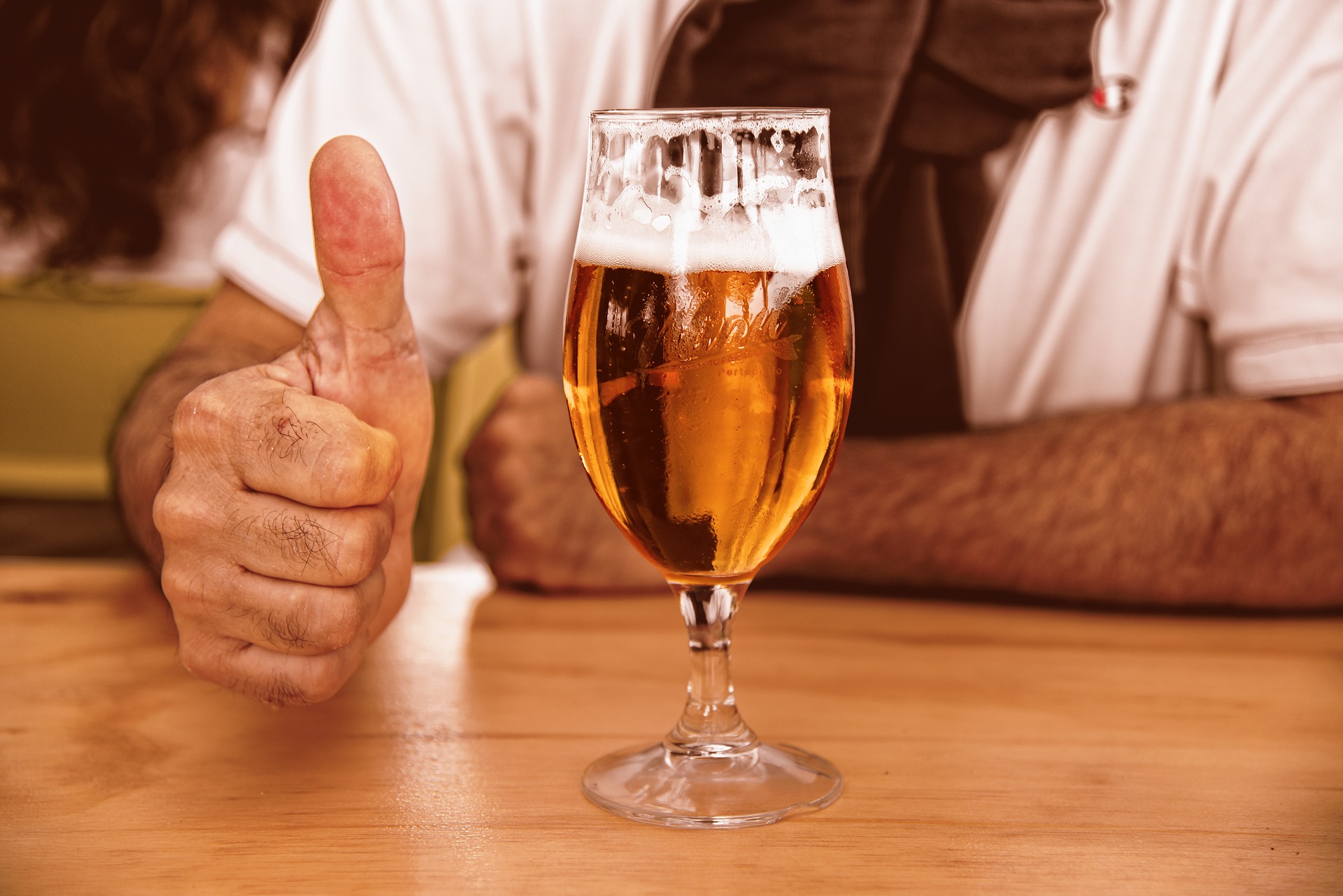
Yes, after drinking the equivalent of 5 pints of beer, the likelihood of you having an accident is at least 30 times greater. Just one drink is enough to impair your driving performance. Having twice the legal limit of alcohol in your blood makes you at least thirty times more likely to have an accident.
Alcohol warms you up in cold weather

No, alcohol does not warm you up in cold weather! Alcohol widens the blood vessels nearest the skin, allowing more blood to be close to the surface. In cold surroundings therefore more heat will be lost from the body and although you may feel warmer, you will be losing heat and could be in danger from hypothermia. The body core only has to lose two degrees centigrade for hypothermia to set in. If you lose ten degrees centigrade recovery is unlikely.
Alcoholism is one of the four most serious public health problems

Yes, alcoholism is one of the four most serious public health problems. The other three are: - Heart disease - Cancer - Mental Illness
Different kinds of alcoholic drinks contain different types of alcohol

No, all alcoholic drinks contain the same kind of alcohol, called ethyl alcohol. There are other kinds of alcohol, for example methyl and butyl alcohol, but these are only used for industrial purposes and are extremely dangerous to drink. The most rapid absorption into the blood occurs with drinks having about 40% alcohol by volume (ABV), such as whisky, gin or vodka. Less concentrated drinks such as beer and cider are absorbed more slowly. The slower the rate of absorption, the lower the maximum blood/breath alcohol concentration. Sticking to one type of drink such as beer or cider doesn't stop you going over the limit. It's not the type of drink that's important, it's the total amount of alcohol it contains. Type of drink Typical alcohol strength by volume Spirits 40% Liqueurs 15 - 55% Ports and sherries 17% upwards Wine 10% - 15% Ordinary Beer and Cider 3 - 5% Using normal English pub measurers, the amount of alcohol in each of the following drinks is equivalent to one unit: - Half a pint of ordinary beer or cider - Third of a pint of a strong brew - One glass of table wine - One glass of sherry - One single whisky Greater measures. Spirit measures are larger elsewhere in the UK: - Scotland 20% - Northern Ireland 50% Measures in the home are frequently more generous than any of these.
Alcohol is absorbed into the body faster than food
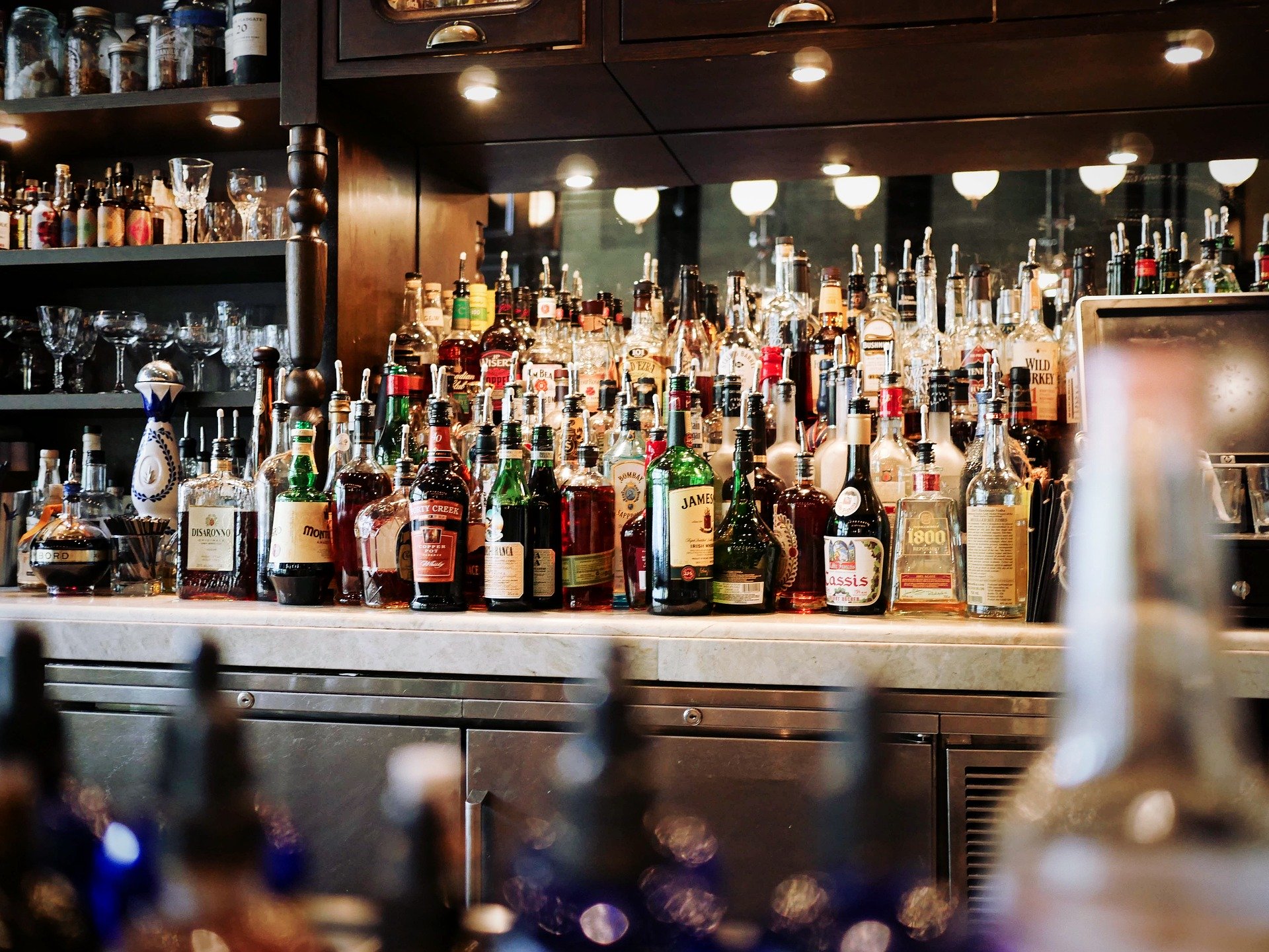
Yes, alcohol is absorbed into the body faster than food. Since alcohol is already in a liquid form it acts extremely quickly; unlike food, no digestion is necessary. Some absorption of alcohol occurs in the stomach, but most takes place in the first part of the small intestine. In contrast, most food has to pass far into the latter part of the small intestine before absorption. After drinking one unit of alcohol 50% of the alcohol consumed will have been absorbed into the bloodstream within 10 minutes. Long drinks made with mixers have a faster effect as they enter the bloodstream even quicker. The presence of food in the stomach, particularly fatty substances will slow absorption of alcohol and so lessens the maximum blood alcohol level attained.
Alcohol firstly affects our sense of moral judgement, then our physical co-ordination
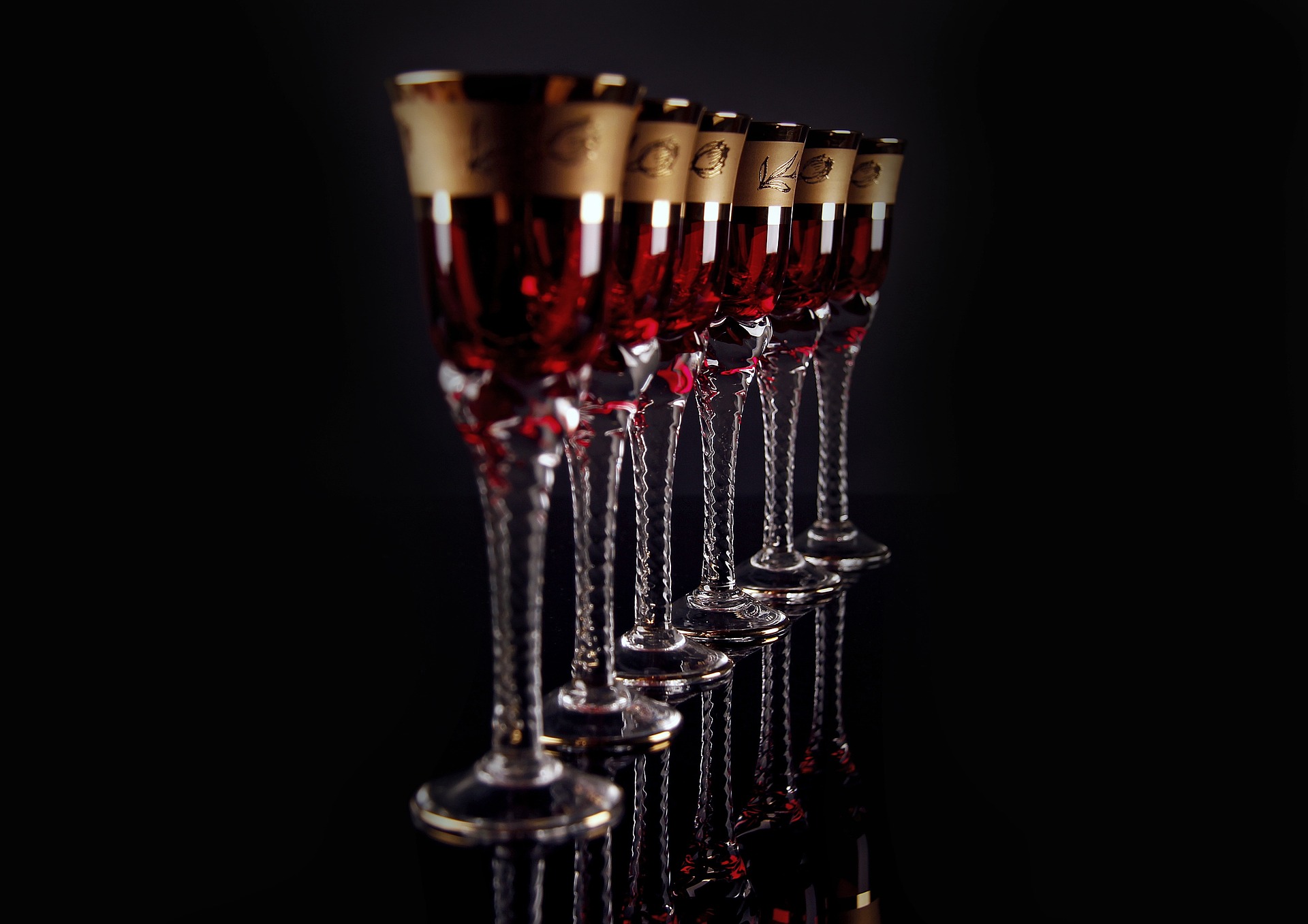
Yes, before alcohol has any effect on such abilities as speaking or walking, it affects those abilities which are learned more recently, such as judgement, reasoning and being able to choose right from wrong.
The legal breath/alcohol limit for driving in England is 35 microgrammes per 100 millilitres of breath
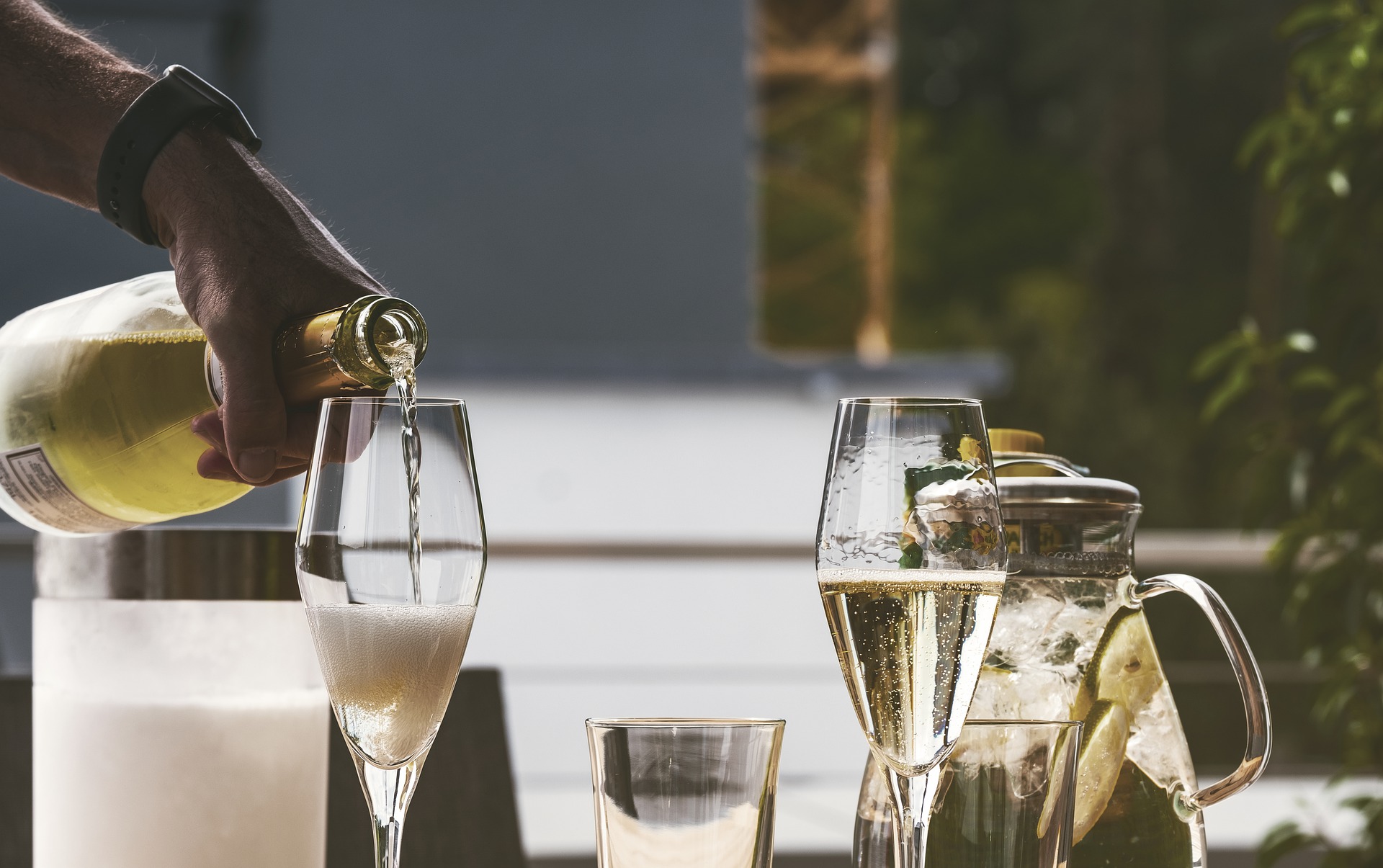
Yes, the legal breath alcohol limit for driving in the UK is: - 35 microgrammes of alcohol per 100 millilitres of breath To measure this, a 'blow in the bag' type breathalyzer was first used by the police in 1960. In 1990, an electronic device known as a Lion Intoximeter 3000 was introduced for roadside breath tests. Since October 1967 it has been a specific offence to drive over this limit. Other measurements of the amount of alcohol consumed (Blood Alcohol Concentration BAC) are: - 80 milligrammes of alcohol per 100 millilitres of blood - 107 milligrammes of alcohol per 100 millilitres of urine There is no fail-safe guide as to how much you can drink and stay under the legal limit. The amount and type of alcoholic drink, and your weight, sex, age and metabolism will all play their part. Research indicates that young and inexperienced drivers, or those who drink infrequently are seriously impaired well below the legal limit. Although pressure is continually being put on the Government to reduce the BAC limit to 50 milligrammes of alcohol per 100 millilitres of blood. There is real scepticism whether this would have any real impact in terms of reducing accidents, because the social drinker who has a couple of small drinks is unlikely to be a significant contributor to accidents. Statistics indicate that half of all drink driving fatalities are caused by people who are driving with more than double the existing limit of alcohol in their blood. Reducing the limit is unlikely to stop heavy drinkers getting behind the wheel. While most of Europe has a lower 50 milligrammes limit, breaching this carries a more lenient sentence, usually a fine, unlike in the UK where breaching the limit results in a mandatory one year driving ban being imposed.
Guinness is a good source of iron
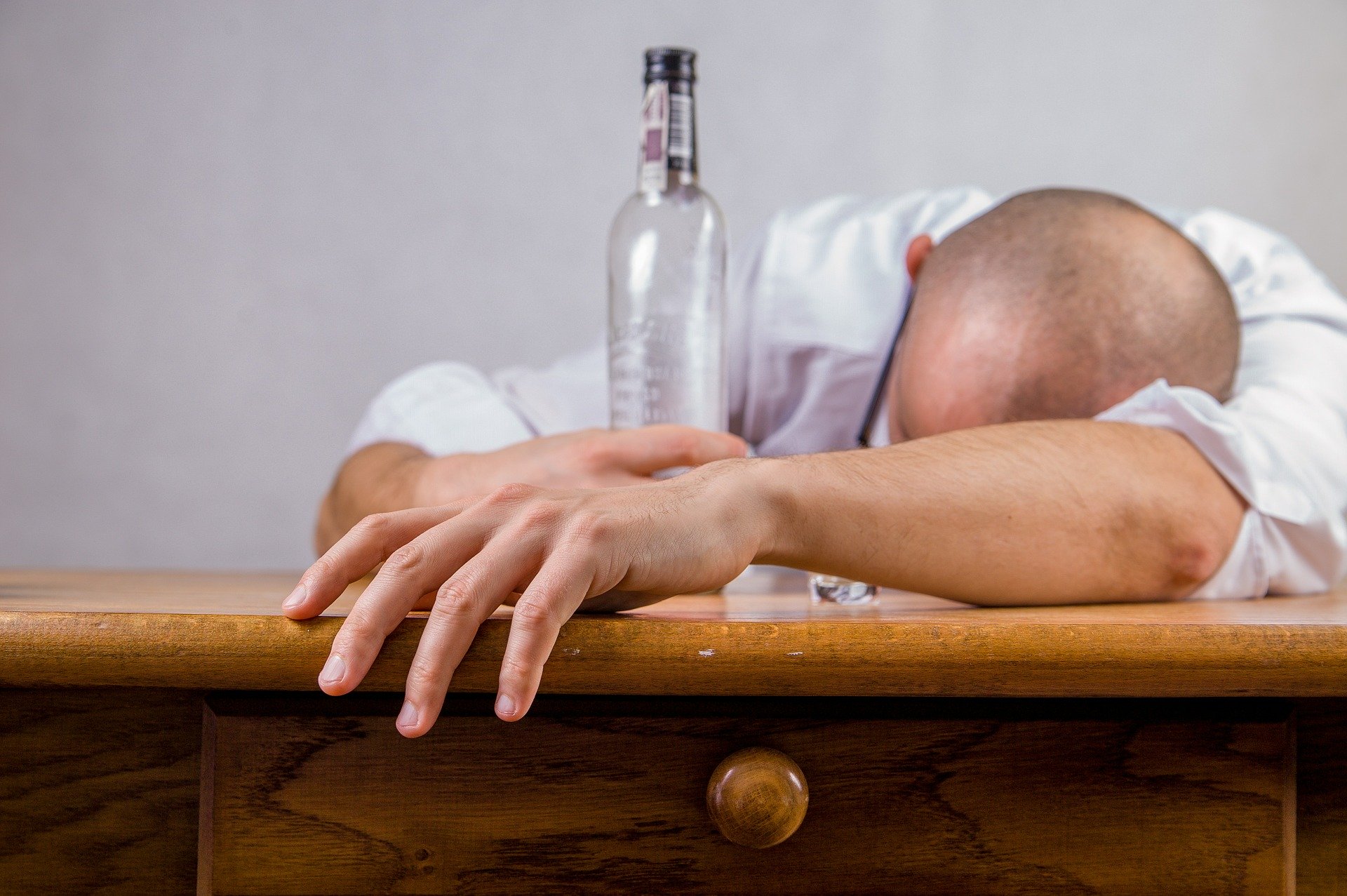
Many decades ago, in Ireland, doctors would often recommend drinking Guinness for its iron content. Although the yeast has a high iron content, a pint of Guinness contains just 0.3 milligrams of iron - less than three percent an adult needs daily. Guinness is not a healthy drink as it is still alcohol. Consuming too much can impair judgment and wreak havoc on the liver.
Mead is considered to be the oldest alcoholic beverage in the world

Yes, mead is considered to be the oldest alcoholic beverage in the world.

